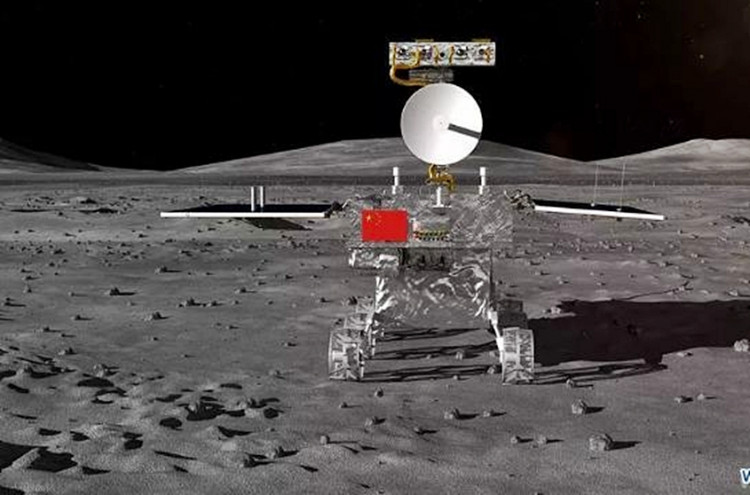China's going over to the Dark Side -- of the Moon, that is. Rumors continue to mount China will launch a mission tomorrow (Dec. 8), which will land a rover to explore the Dark Side or the Far Side of the Moon.
What is intriguing about this moonshot is the extraordinary secrecy surrounding it. News broke about the impending launch a few days ago and neither the China National Space Administration (CNSA) nor any other government arm such as the People's Liberation Army has bothered to confirm or deny it. China, however, has long made it known the mission will launch in December but specified no date.
What is known is this mission will be Chang'e-4 (Moon Goddess-4). If the mission launches tomorrow, Chang'e-4 will touch down on the Moon's regolith on Dec. 31. The landing site will be the Von Kármán crater in the South Pole-Aitken Basin.
Chang'e-4 will consist of a lander and a rover. The lander will deploy a ramp to allow the rover to access the lunar surface. The rover has dimensions of 1.5 × 1.0 × 1.0 meters and has a mass of 140 kg.
The Chang'e-4 lander will carry scientific payloads to study the geophysics of the landing site. Among the more intriguing payloads on the lander is a 3 kg container with potato and Arabidopsis thaliana seeds (among others), and silkworm larvae (or eggs) to test if plants and insects can hatch and grow together.
Chinese scientists hope that if the eggs hatch, the larvae will produce carbon dioxide. On the other hand, the germinated plants will emit oxygen through photosynthesis. The plants and silkworms will together establish a simple synergy inside the container. A camera will take pictures of this experiment.
This will be the first time humans have tried to grow plants and raise insects on the Moon.
The lander will also deploy the Lunar Lander Neutrons and Dosimetry (LND), a neutron dosimeter developed by Kiel University in Germany.
If China can pull it off, it will become the first country to land a probe on the Dark Side of the Moon. The South Pole-Aitken Basin is a vast basin in the southern hemisphere of the far side. It extends from the South Pole to Aitken crater.
Analysis of soil samples in this dark region will tell scientists if their prevailing theory about the forming of our Solar System is correct.
The South Pole-Aitken basin is a huge impact crater some 2,500 km in diameter and 12 km deep. It's believed to be the oldest crater on the Moon.






